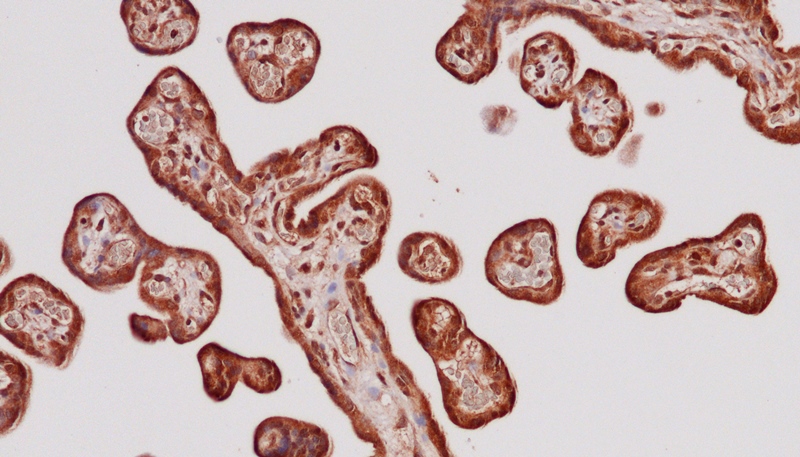Inflammation underlying Preeclampsia and Atherosclerosis - CEMIR
Inflammation underlying Preeclampsia and Atherosclerosis
Inflammation plays a key role in cardiovascular disease, a major cause of illness and death worldwide, with gender-specific manifestations. Pregnancy is a natural state of low-grade inflammation and a stress test to the cardiovascular system.
Women with preeclampsia have doubled risk for later cardiovascular disease and develop atherosclerosis-like lesions in uterine wall arteries during pregnancy, suggesting shared underlying mechanisms for these vascular diseases.
Inflammatory mediators like oxidized lipoproteins and cholesterol crystals are implicated, but with largely unknown molecular action. We hypothesize that inflammatory danger response by pattern recognition receptors (PRRs) is central to preeclampsia pathogenesis and the gender-specificity of cardiovascular disease.
In this theme we aim to define PRR-initiated inflammation underlying preeclampsia and determine the relation to later cardiovascular disease.
Major achievements
- Established serum cytokine profiling in early pregnancy as a novel tool for identifying differences in inflammatory status before onset of clinical signs in women later developing hypertensive pregnancy disorders.
- Identified that metabolomic profiling of maternal serum in early pregnancy can predict later development of hypertensive pregnancy disorders.
- Identified that metabolomic profiling of placental tissue is a novel and sensitive tool for characterization of the placental disease in preeclampsia.
- Discovered broad PRR mediated inflammation by primary trophoblasts, defining an inflammatory role for trophoblasts in placental development in normal pregnancy and in development of preeclampsia.
- Revealed that several widely-used trophoblast cell lines do not possess the strong inflammatory capacity of primary first trimester trophoblast, shedding new light on the importance of trophoblast PRR-mediated inflammation in pregnancy.
- Revealed shared inheritable phenotypes between preeclampsia and cardiovascular disease in a Preeclampsia Family Study.
- Identified the first maternal genetic risk factors for preeclampsia as shared cardiovascular risk genes.

